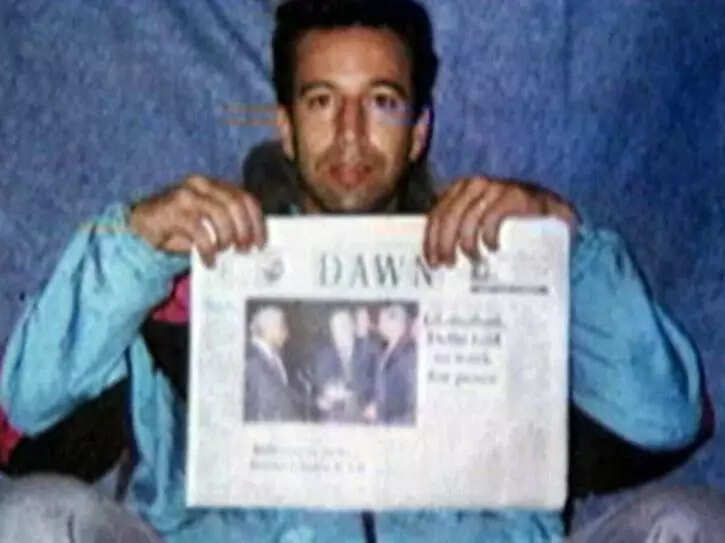Packed 2022: Isro to work on Gaganyaan, Chandrayaan-3, three key missions | India News

Aside from the human space (Gaganyaan) and lunar (Chandrayaan-3) missions, the space agency also has its eyes set on three key missions: Disha, a twin-satellite system that will study Earth’s aeronomy, the uppermost layer of Earth’s atmosphere. Trishna, a joint mission with CNES, the French space agency, meant for accurate mapping of land surface temperatures. And a mission to Venus.
While Trishna is scheduled for a 2024 launch, no immediate timeline is available for Disha. The Venus mission will have to wait its turn too. Besides, some work is expected to happen on the NISAR and Xposat missions too. However, in terms of launch missions, Isro may only manage an uncrewed Gaganyaan mission and Chandrayaan-3 other than the regular earth observations, SSLV and commercial satellite missions.
According to scientists from Isro, Disha will be implemented by the Physical Research Laboratory (PRL). Short for “Disturbed and quiet-type System at High Altitude”, it’ll involve twin satellites orbiting Earth at an altitude of 450km.
“…Three new space science missions are in the pipeline: Disha, the Venus mission and the Isro-CNES joint mission Trishna. Trishna is meant for accurate mapping of land surface temperatures and will be the benchmark for temperature data at best resolution and repeatability globally,” Sivan said in his New Year address.

Graphic credit: CNES
Farming, water management & land planning
According to CNES, Trishna — Thermal infraRed Imaging Satellite for High-resolution Natural resource Assessment — will acquire imagery of Earth’s surface in the thermal infrared with a resolution and revisit frequency never seen before.
“Trishna is designed to observe Earth’s surface in the thermal infrared domain. Temperature is an indicator of the energy budget of land surfaces — croplands, pastures, forests, urban areas, snow and ice — and yields a wealth of information such as plant water stress and evapotranspiration,” CNES’ description of Trishna, reads.
Today, temperature measurements from space can only be obtained monthly at a resolution of about 100 metres, and daily global measurements are only available at a resolution of one kilometre, CNES said, adding that Trishna’s aims to reach a resolution of 57 metres with a revisit interval of three days.
“This will enable scientists to understand local evolution of biological (water stress, transpiration), physical (evaporation, sublimation, plumes) and climatic (global observation over time) phenomena in relation to water cycle. Trishna will be a precious aid to inform policy decisions for farming, water resource management and land planning,” it added.
Trishna’s thermal infrared instrument, developed by CNES, will be supplemented by an optical sensor supplied by Isro.
Gaganyaan, Chandrayaan-3 & Aditya
As reported earlier by TOI, Sivan reiterated that Gaganyaan has completed the design phase and entered the testing phase. “Tests are in progress for human-rated L-llO Vikas engine, Cryogenic stage, Crew escape system motors and service module propulsion system. The S200 motor has been realised for ground testing too. Main parachute drop test has also commenced. Astronauts have completed the generic spaceflight training abroad. The Indian leg of mission specific training has also commenced,” he said.
Further, stating that a comprehensive training plan has been worked out, he said a state-of-the-art accommodation-cum-training facility has been established for the same. “Chandrayaan-3 design changes incorporating and testing has seen huge progress. The mission could be launched by the middle of the year,” he said.
On Aditya, Sivan told TOI: “The payload from IIA (Indian Institute of Astrophysics) has to come. Work is progressing.”






